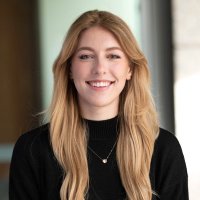
Cathrine Sant (Petersen)
@cathrine_sant
Postdoc @GladstoneInst · Methods development for single-cell data analysis & applications to Alzheimer's
ID: 1325889937
http://CHOIRclustering.com 04-04-2013 01:46:44
309 Tweet
1,1K Followers
579 Following
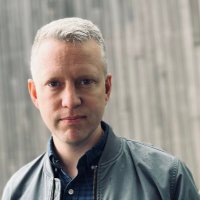
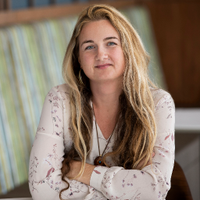

The authors highlight that UMAP/tSNE preserve neighborhoods and conclude: "If used properly, 2D (tSNE/UMAP) embeddings will continue to help charting the world of single-cell biology." Dmitry Kobak Jan Lause 🟦 @janlause.bsky.social🦉 biorxiv.org/content/10.110…

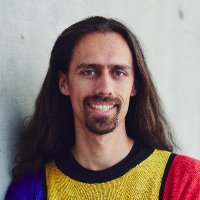
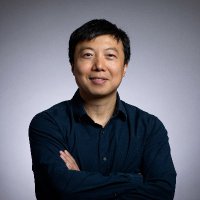

Why do some with #Alzheimer's pathology have more language or visual issues than memory problems? In a new paper led by Stefanie Piña & Renaud LaJoie, we explore if more copathology explains #AtypicalAlzheimer. tinyurl.com/mu8dtzts See comments 👇 UCSF MAC Global Brain Health Institute Atypical Alzheimer's Disease PIA


ISTAART Grinberg Lab UCSF LAC-CD This paper adds to our studies anchored by solid neuropath data. Previously, we showed atypical AD = more regional tau burden related to symptoms. tinyurl.com/3yb6fy3e We conclude that selective vulnerability is key to deciphering atypical AD. See comments 👇 @cathrinepet

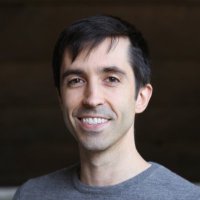
One of the last stories from my postdoc work with Howard Chang and William J. Greenleaf is out today Science Magazine led by Laksshman Sundaram. scATAC-seq of 8 different tumor types from TCGA. science.org/doi/10.1126/sc…

Gladstone scientists developed a computational approach that accurately distinguishes cells of different identities or characteristics in complex biological samples used in diverse areas of biomedical and discovery research. Nature Genetics UC San Francisco bit.ly/3FXBBZI

CHOIR is now online Nature Genetics! CHOIR is a new clustering method for single-cell data that evaluates whether clusters represent statistically distinct cell populations. CHOIR scales to millions of cells and works with single-/multi-omic data of any type! nature.com/articles/s4158…

CHOIR is officially published Nature Genetics. No more arbitrary decisions in clustering. Add this to your single-cell toolbox - it will save you so much heart ache. And now it can scale to millions of cells. Compliments of the very talented Cathrine Sant (Petersen).

CHOIR adds statistical muscle to single-cell #RNAsequencing, helping scientists at Gladstone Institutes cluster cells more accurately and uncover real biological patterns—not just noise. rna-seqblog.com/choir-improves…

Gladstone scientists have developed a computational approach that accurately distinguishes cells of different identities or characteristics in complex biological samples used in diverse areas of biomedical and discovery research. Cathrine Sant (Petersen) Ryan Corces Nature Genetics

Congratulations to Ryan Corces and the entire Gladstone team that hosted last week’s 2025 FunGen-AD meeting. The annual program examines genetic risk factors for Alzheimer’s disease, with the goal of finding new targets for preventing, diagnosing, and treating disease.





